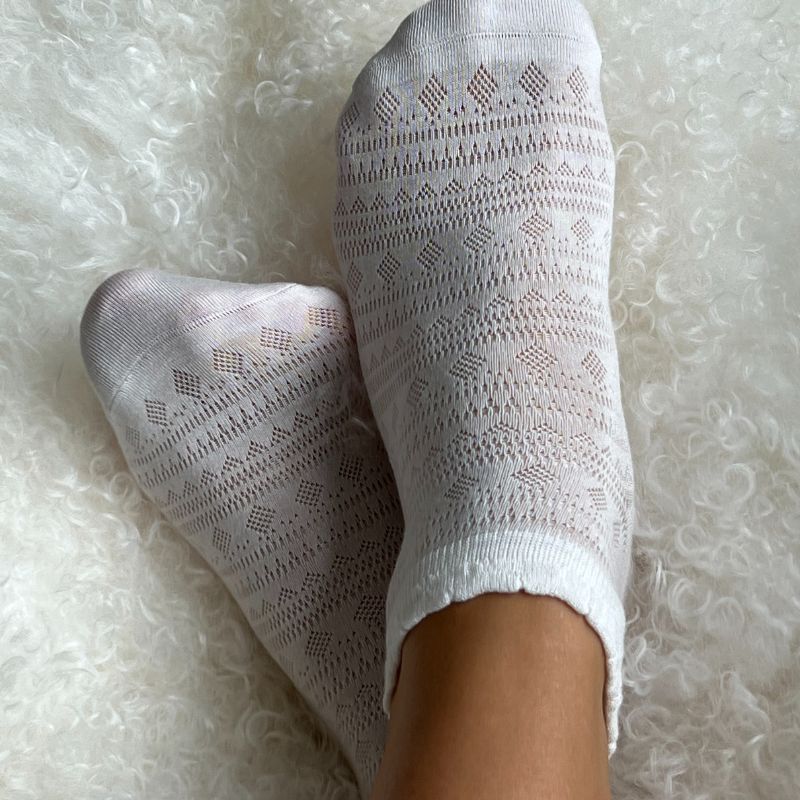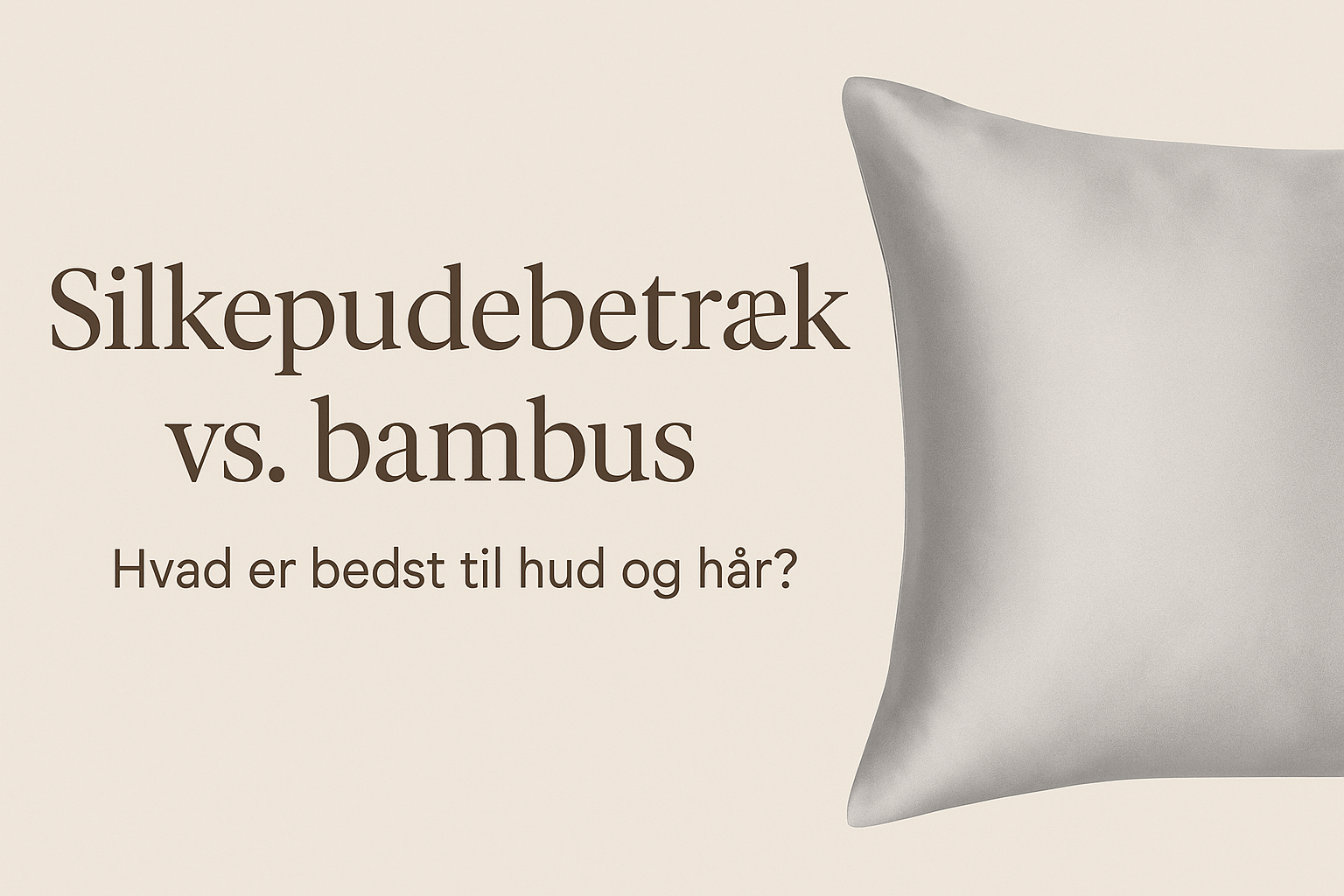Article: Silk pillowcase vs. bamboo: What is best for your skin, your hair, and your sleep?
Silk pillowcase vs. bamboo: What is best for your skin, your hair, and your sleep?
Do you dream of waking up with smoother skin, fewer frizzy hairs, and a feeling of luxury? Then you may have already considered upgrading your pillowcase. Two popular choices on the market today are silk pillowcases and bamboo pillowcases – but although both are sold as "natural" and "skin-friendly," the differences are significant when you look closer.
In this guide, we compare silk and bamboo based on parameters such as comfort, durability, skin and hair friendliness, and environmental impact – and explain why silk remains the best choice for those who want both luxury and function.
What is a silk pillowcase?
A genuine silk pillowcase is made of 100% mulberry silk – the finest and most sought-after type of silk in the world. Mulberry silk is produced with minimal chemical treatment and has a smooth, shiny surface that feels extremely soft against the skin. The quality is often measured in "momme", and the higher the momme, the more durable and luxurious the fabric.
What is a bamboo pillowcase actually made of?
Although it sounds natural and sustainable, bamboo pillowcases are rarely as pure as they appear. Most bamboo fabrics on the market are actually bamboo viscose or bamboo rayon, meaning the bamboo plant's fibers have been transformed into fabric through a chemical process that often involves the use of strong chemicals and the addition of plastic-like binders.
The finished result may feel soft at first, but it is rarely very durable – and not as natural as many believe
Silk vs. bamboo – compared
| Property | Silk pillowcase | Bamboo pillowcase |
|---|---|---|
| Material | 100% natural mulberry silk | Chemically processed bamboo viscose/rayon |
| Softness | Extremely smooth and luxurious | Soft, but quickly loses structure |
| Durability | Very durable with proper care | Tendency to pill and lose shape |
| Skin & hair friendliness | Reduces friction, redness, and frizz | Less effective, especially over time |
| Chemicals | Minimal chemical treatment | Chemical process + added substances |
| Environmental impact | High water consumption for boiling silk | Processed with environmentally harmful methods |
Benefits of sleeping on silk
- Reduces friction: Silk creates minimal resistance against skin and hair, reducing wrinkles and frizz.
- Retains moisture: Unlike cotton and bamboo, silk does not absorb the skin's natural oils – your skin and hair stay hydrated.
- Hypoallergenic: Silk is naturally resistant to dust mites and bacteria.
- Temperature regulating: Silk feels cool in summer and warm in winter.
- Elegant and durable: A quality silk pillowcase can last for years with proper care.
Disadvantages of bamboo you should know
- Plastic and chemicals: Most bamboo fabrics are heavily processed and contain residual chemicals that can irritate the skin.
- Not very durable: Bamboo viscose easily becomes thin, pills, and loses its softness after a few washes.
- Lacks the smooth surface: Bamboo feels soft but doesn't have the same silky smooth effect, and still creates friction against hair and skin.
Silk pillowcases – an investment in your beauty sleep
A silk pillowcase is not just a luxury – it's an effective and natural way to support your skincare and haircare routine every single night. You wake up feeling fresher, smoother, and better cared for – without having to change your products or habits.
Bamboo might seem like a cheaper and "greener" choice at first glance, but when you look at the whole picture, silk is a superior material – both for your comfort and for the environment.
Are you ready to sleep like queens do?

